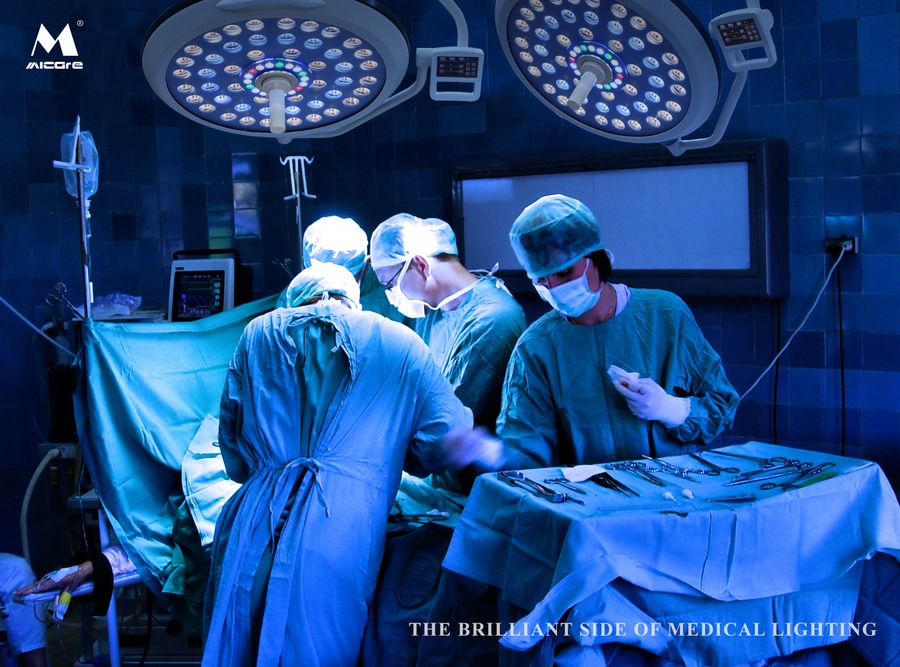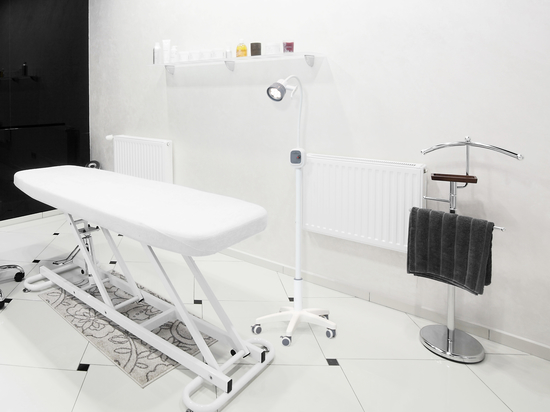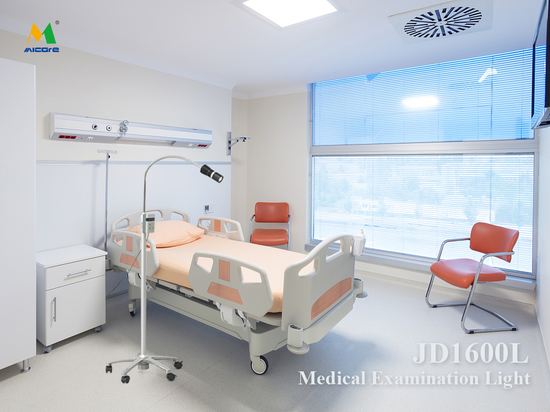
#Product Trends
How Do Surgical Lights Work?
Understanding LED Surgical Lights and Operation Lamps
Surgical lights, also known as operation lamps, are essential tools in the operating room, providing the necessary illumination for surgeons and medical staff during procedures. Among the various types of surgical lights, LED surgical lights have gained popularity due to their advanced technology and numerous benefits.
LED surgical lights work by utilizing light-emitting diodes (LEDs) to produce bright, focused illumination. Unlike traditional halogen lights, which can generate excessive heat and require frequent bulb replacements, LED lights are energy-efficient and have a longer lifespan. This efficiency not only reduces operational costs but also minimizes the need for maintenance, allowing medical teams to focus on patient care rather than equipment upkeep.
The design of LED surgical lights is specifically tailored to meet the demands of the operating room. They provide a high color rendering index (CRI), which ensures that the colors of tissues and organs are accurately represented. This is crucial for surgeons, as it aids in distinguishing between different anatomical structures and identifying any abnormalities. Additionally, LED surgical lights offer adjustable brightness levels and color temperatures, allowing for customization based on the specific needs of the procedure.
Operation lamps are typically mounted on adjustable arms or ceilings, providing flexibility in positioning. This adaptability ensures that the light source can be directed precisely where it is needed, eliminating shadows and enhancing visibility. Many modern surgical lights also incorporate features such as wireless controls and integrated cameras, further improving the efficiency of surgical procedures.
In conclusion, LED surgical lights and operation lamps are vital components of modern surgical environments. Their innovative technology, energy efficiency, and superior lighting capabilities significantly enhance the surgical experience, ultimately leading to better patient outcomes. Understanding how these lights work is essential for appreciating their role in contemporary medicine.





